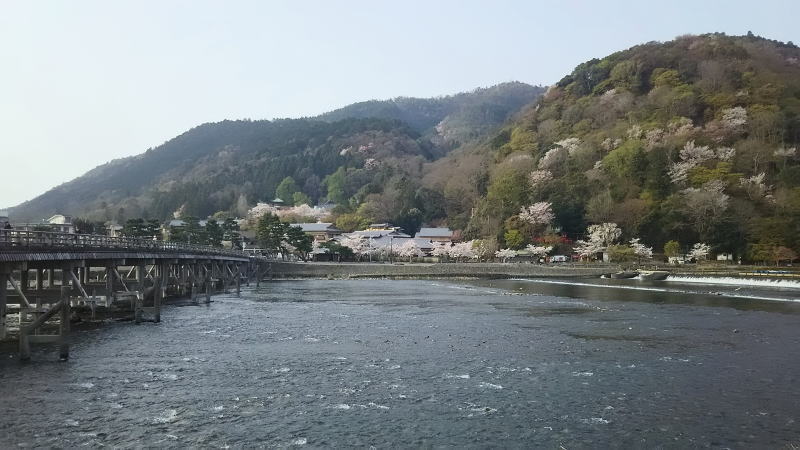Shimabara history
In the Shimabara district there were “Ageya” and “Okiya”. An “Okiya” (geisha house) housed ※1) tayu and ※2) geisha and “Ageya” was a restaurant where tayu? and geisha were called to entertain at these places. It has been told that at the end of the Edo period, many daimyos or lords, and political activists in order to procure money for military purposes, invited wealthy merchants and held feasts in Shimabara. Members of the well-known shogunate police force known as the ※3) Shinsengumi often visited Shimabara where even today in an “Ageya” known as Sumiya (presently an Art museum) has marks on a pillar made by swords of the members of the Shinsengumi.
※1) Chosen traditional entertainers with the highest skills in the various Japanese arts.
※2) Traditional entertainers with skills that include performing various dances, songs and instruments.
※3) In the latter part of the Edo period (Bakumatsu) those responsible for keeping peace in Kyoto were members of the special Office of Kyoto Protector under the feudal domain of Aizu (presently the prefecture of Fukushima). They were based within a 10-minute walking distance from Shimabara. Hence they often visited the Shimabara district.
‘Shimabara’ parade
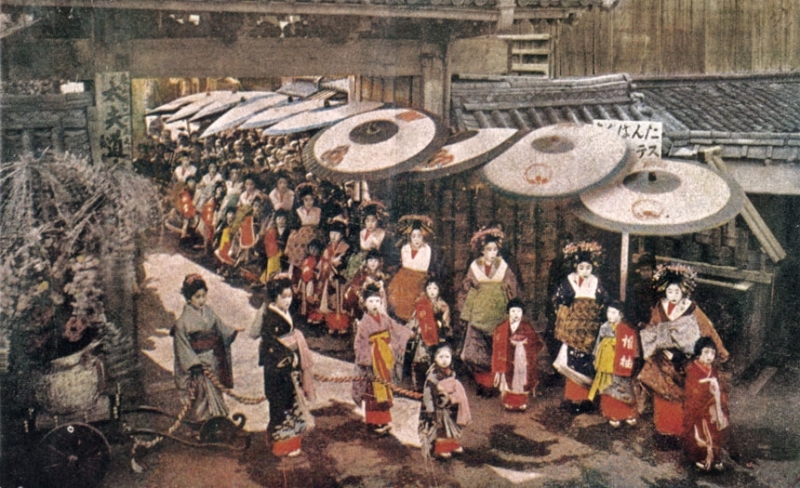
Sumiya
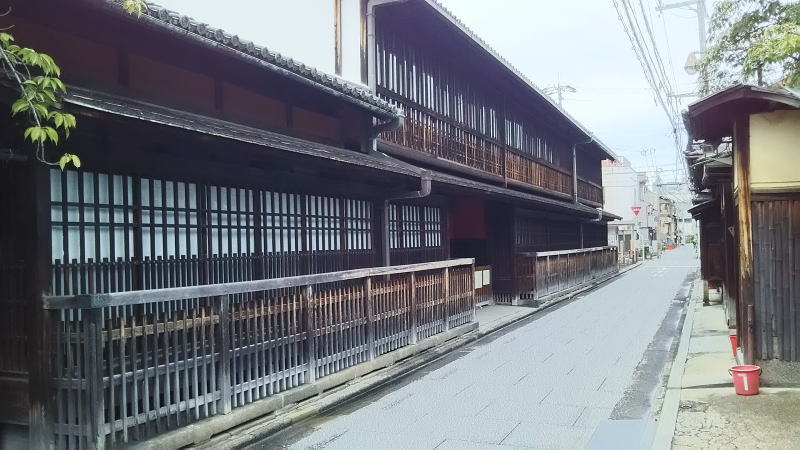
Located within a minute walking distance. Ever since the establishment of Shimabara district, this Ageya has represented an elegant restaurant in the Edo period where banquets and dinner parties were held. It has been preserved as the only surviving Ageya of its kind and has been designated as a cultural asset of national importance in 1952.
Wachigaiya
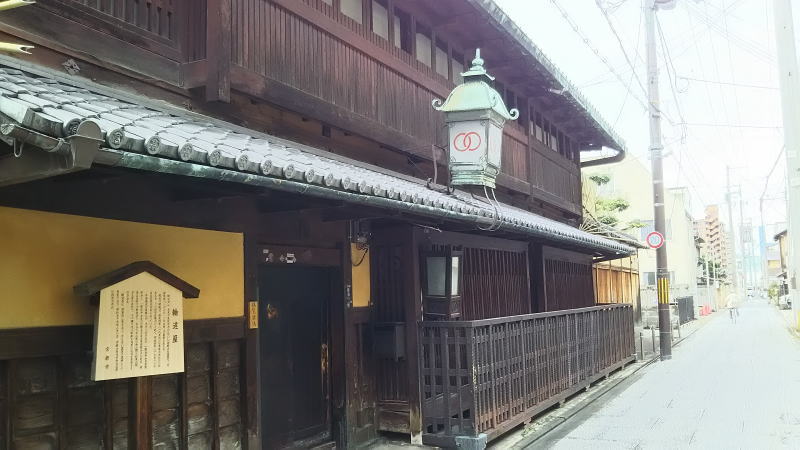
Shimabara Daimon gate
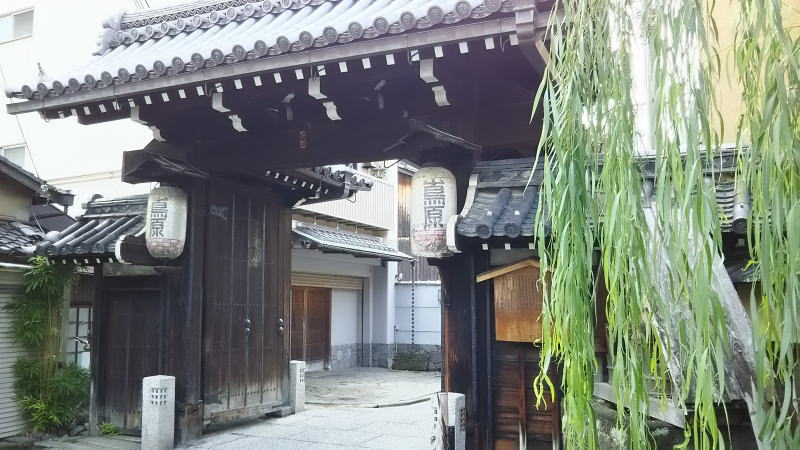
Kyoto Central Wholesale Market
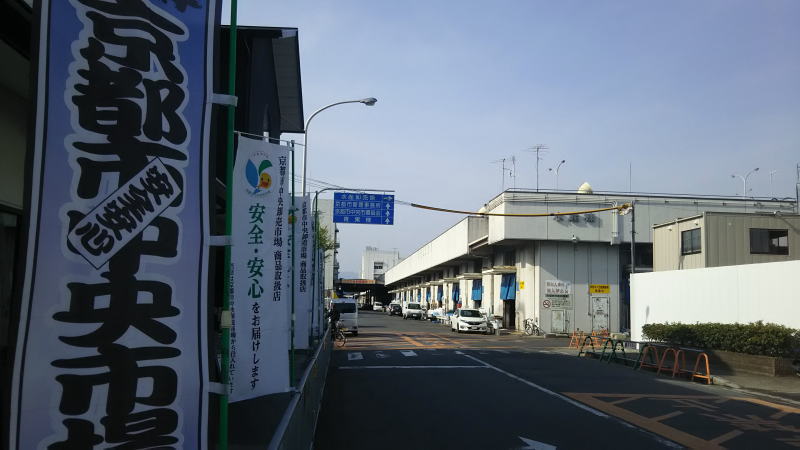
※ A collective term of vegetables made in Kyoto. Known to be of high quality and is more costly than that of other vegetables sold elsewhere.
KYOTO AQUARIUM
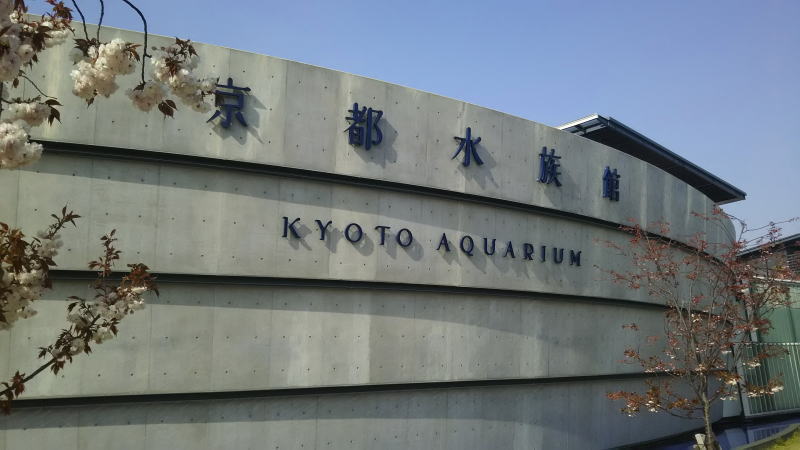
Kyoto Railway Museum
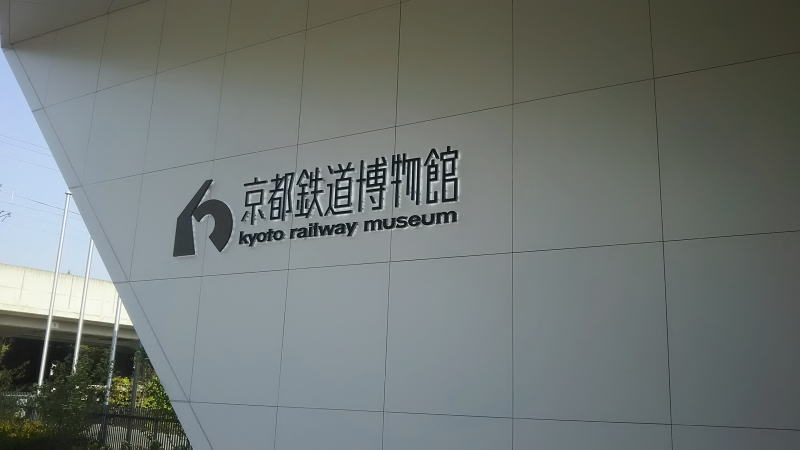
Umekoji Park
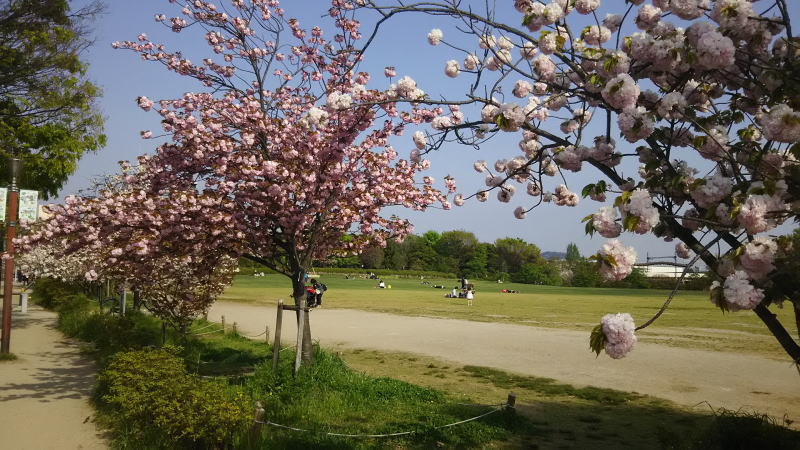
Nishiki Market
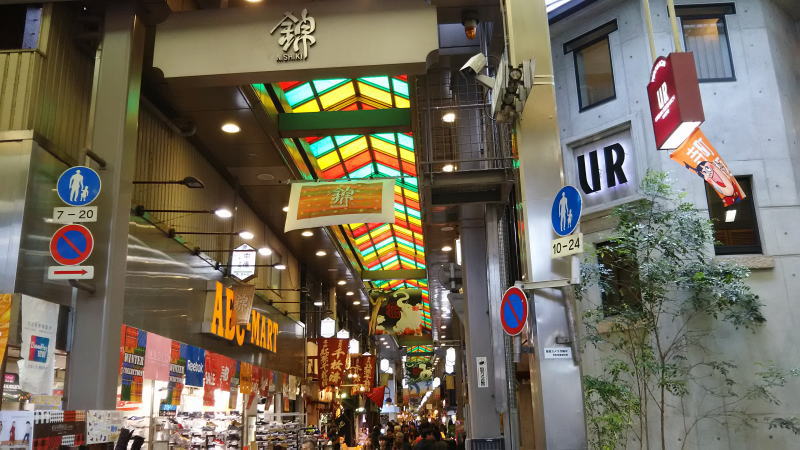
Gion
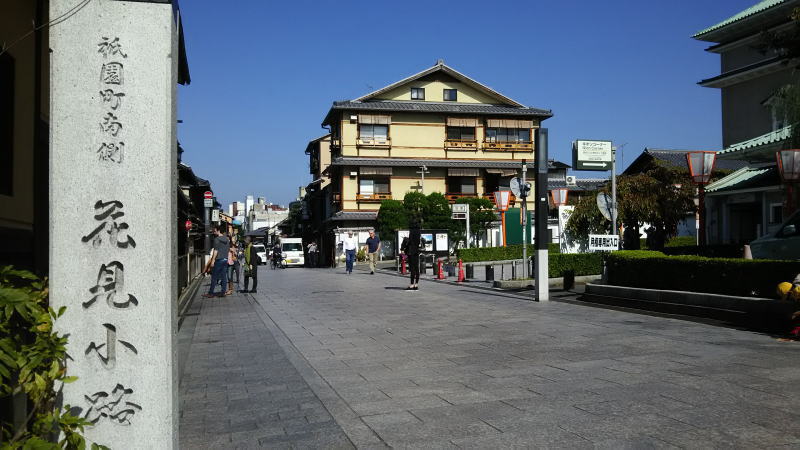
This is a tasteful street as Gion-ochaya Teahouses (places where geisha entertain their guests) stand side by side on the street coupled with the running of Shira-kawa River.
Higashiyama
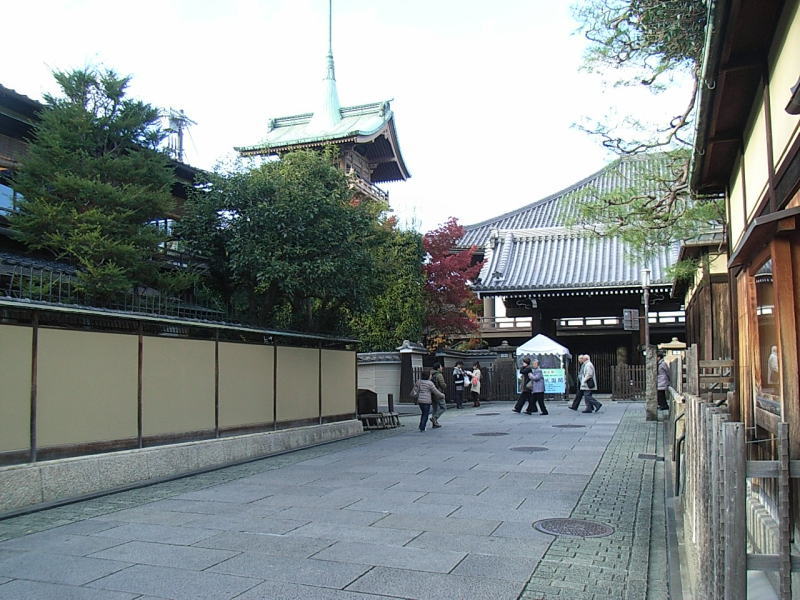
Kiyomizu Temple
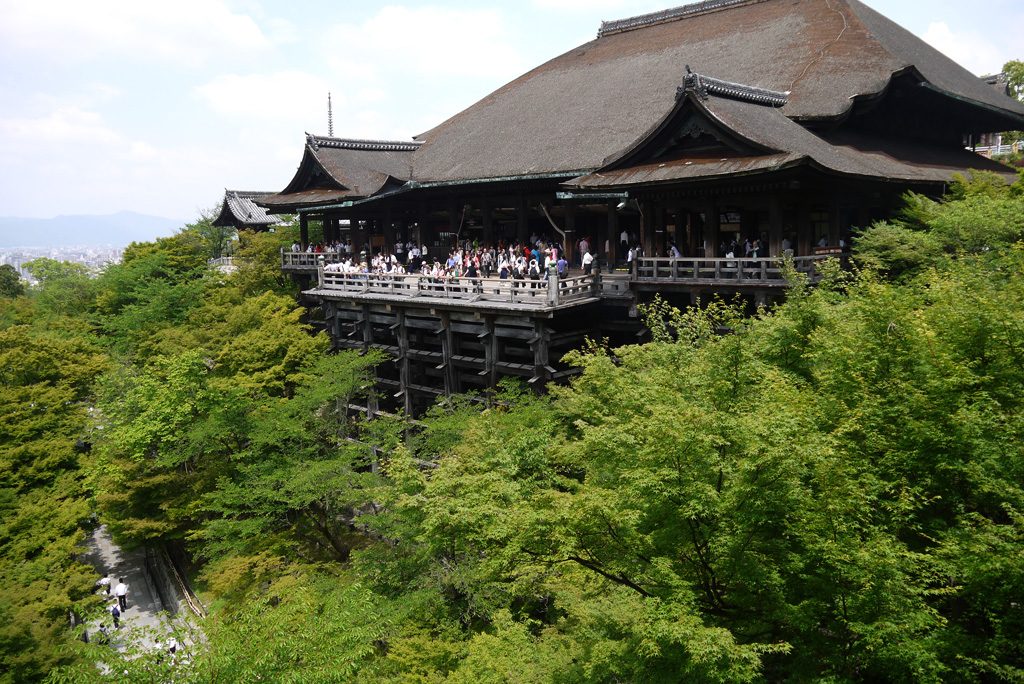
Arashiyama
